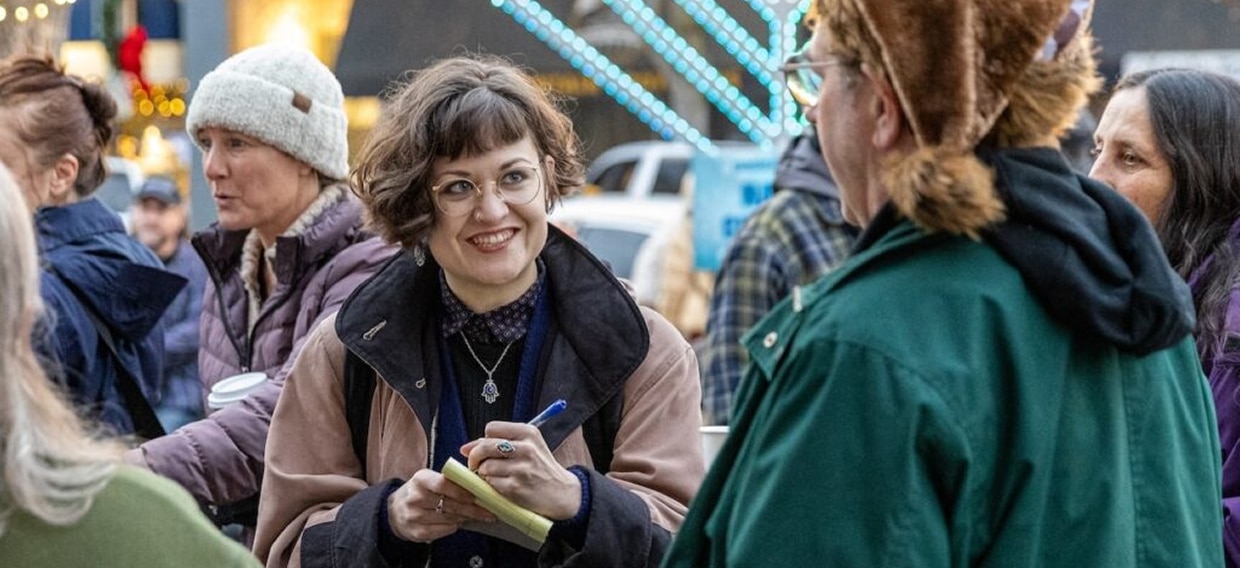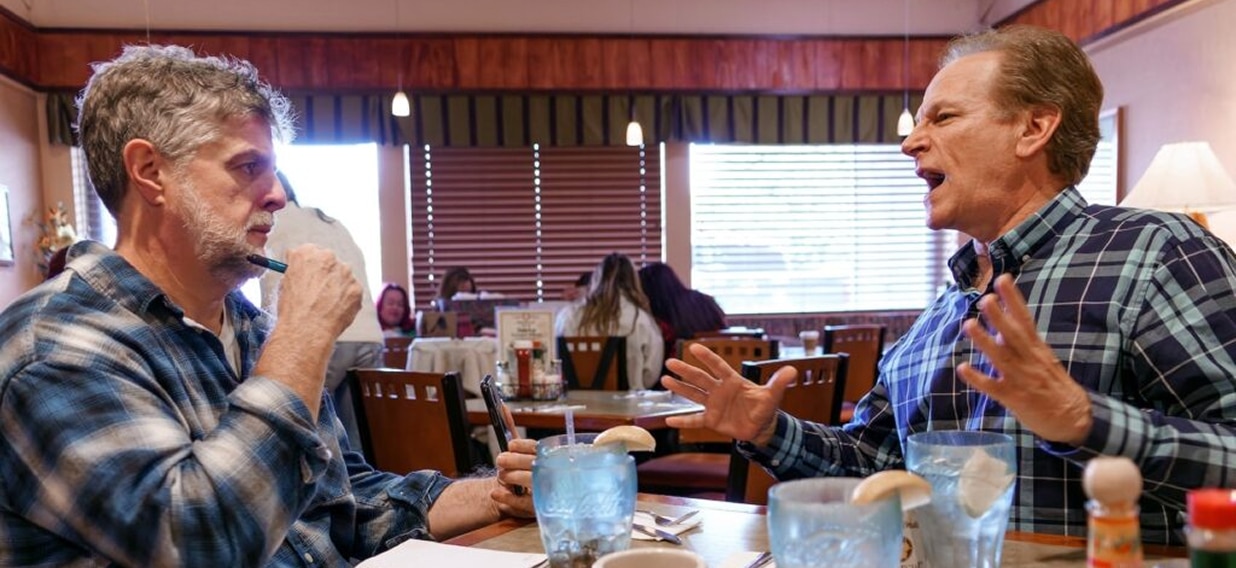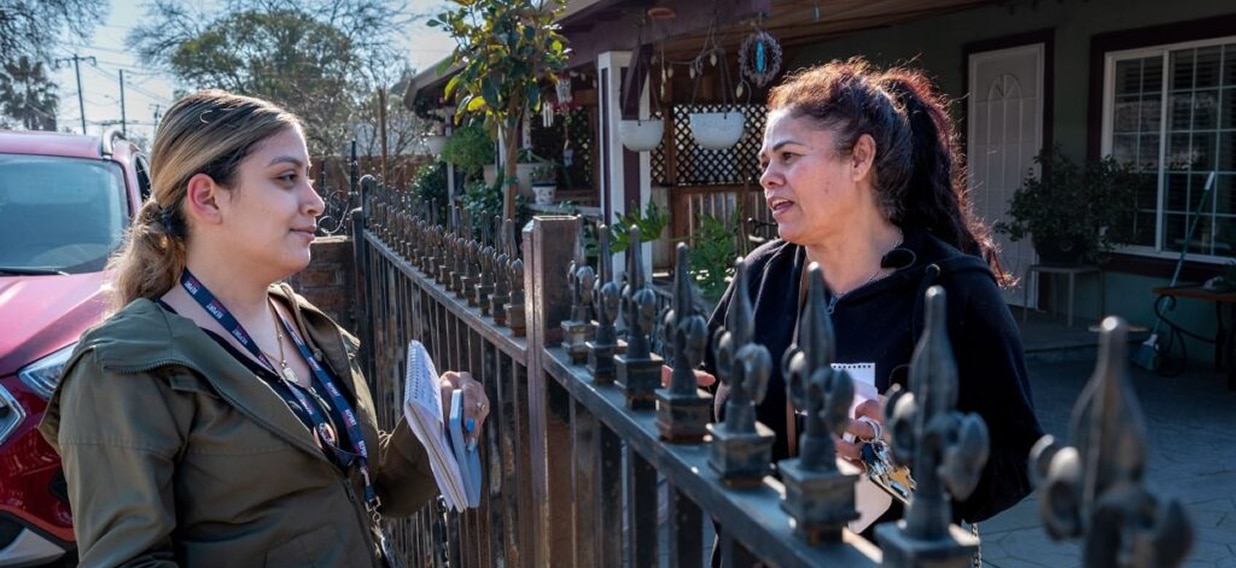
The MetroPCS store in the Shaw neighborhood of Washington, D.C. is well-known locally for the go-go music blasting outside its doors for more than 20 years. When rumors that the store was shutting off the music resounded on social media in early April (hashtag #DontMuteDC), the DCist staff knew they had a story to pursue.
Reporter Rachel Kurzius confirmed with the store owner that its parent company, T-Mobile, had instructed him to stop playing music outside in response to a complaint from a nearby resident. She said the story generated “tremendous traffic” to the DCist site, and was amplified by follow-ups, including interviews on the WAMU public radio station, which owns DCist. Multiple protests occurred.
The story was published on a Monday. By Wednesday, the president of T-Mobile called for the music to be turned back on.
“I think that what makes local news so special is understanding that the story of the Metro PCS store is about more than one store, or one corner of the city,” Kurzius said. “And what we were able to do is convey the importance of this moment, and explain to people why it mattered.”
Shaw is a historically African-American neighborhood that’s undergone tremendous change over the past decade and a half, with beer gardens, chic coffee shops and craft cocktail bars increasingly popping up as storefronts turn over.
“People have talked for a long time,” Kurzius said, “that day that the Metro PCS store goes quiet is a meaningful day in D.C.”
The DCist office used to be located in the Shaw neighborhood near the store. For Kurzius, who walks by the store often, the go-go music had come up before in stories about the heart and culture of the District.
“I once interviewed an artist who was working on a soundscape of D.C.,” she said. “In particular, he brought up the MetroPCS store as a place where, basically, if you were blindfolded and turned around and somehow plopped on that street corner, you would know exactly where you were.”
The story and a similar DCist story about dog walking policies on the historically black Howard University’s campus made it into a New York magazine story on gentrification, displacement and respect for a changing neighborhood.
“I think the questions of displacement in urban areas are potent throughout the country,” Kurzius said. “And when we can find stories that help us understand the processes behind that displacement and behind those changes, it can be really helpful for readers.”
____
This is the sixth and final story in a series taking you behind the scenes of stories selected by the Institute for Nonprofit News’ Best of Nonprofit News 2019 because of their high impact. Reporting like this takes time and money but builds trust between journalists and the public. This news matters! And without your financial support, stories like this go untold. If you would like to support this kind of high-quality reporting, please donate to DCist or similar newsrooms in your area. From now until Dec. 31, your gift will be doubled by NewsMatch. And a gift to INN will help us nurture and support these newsrooms year-around. All money raised will contribute to journalism that creates change, informs communities and holds those in power accountable.





